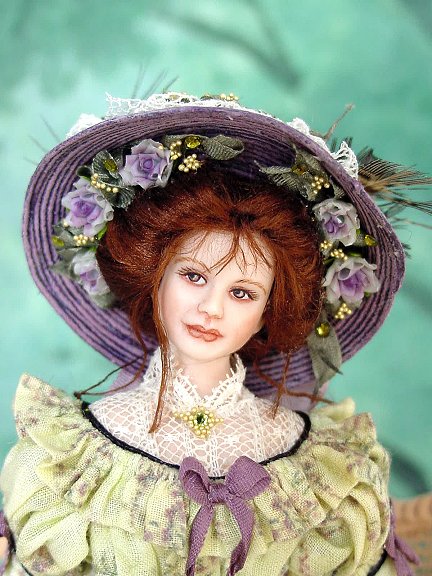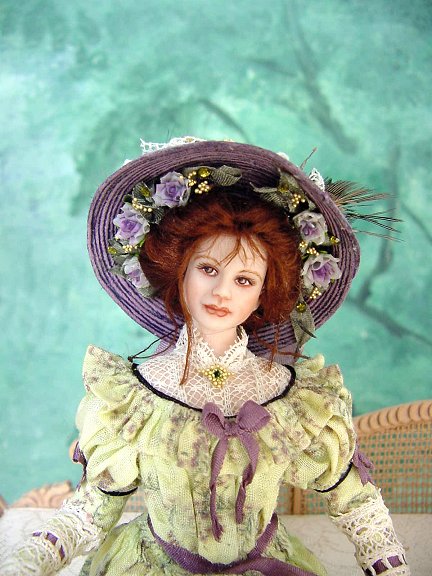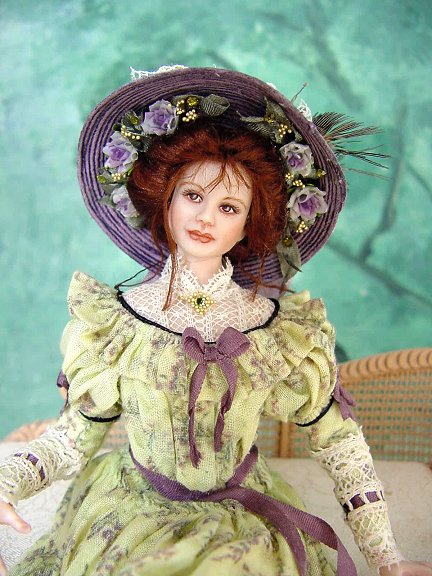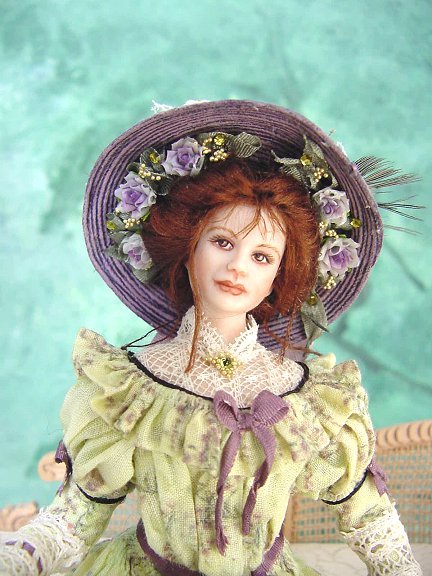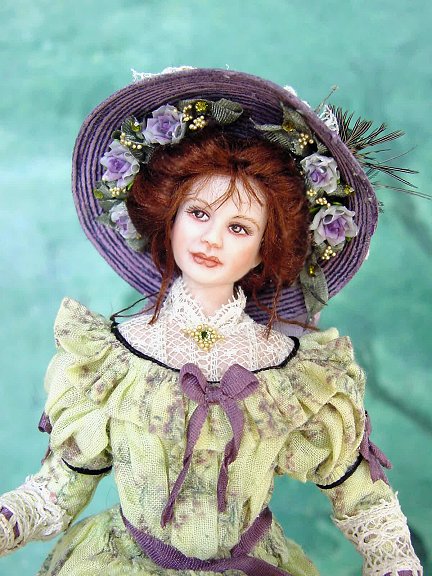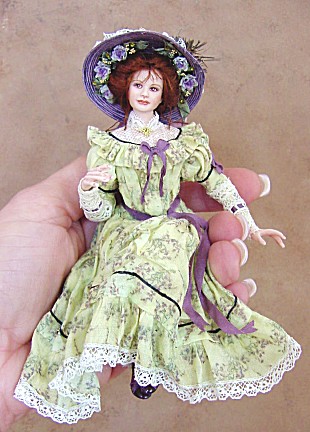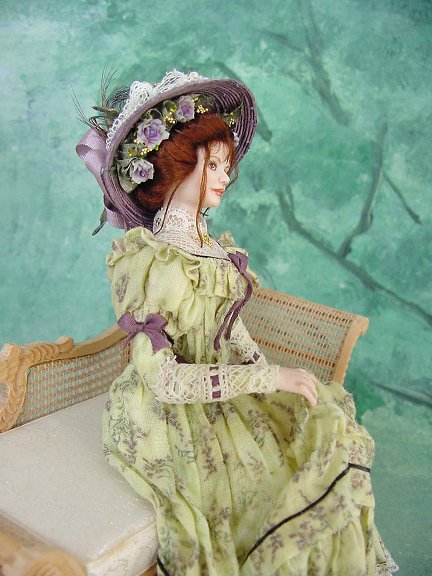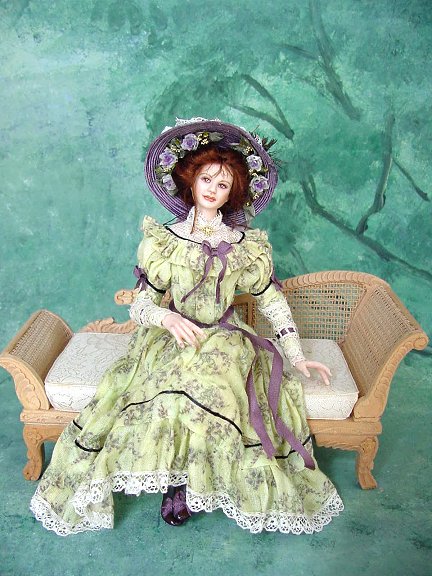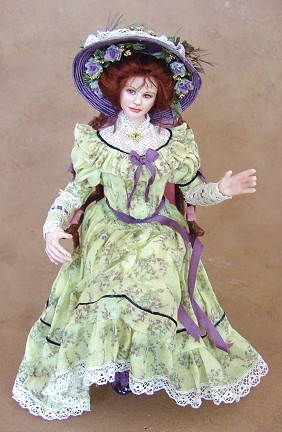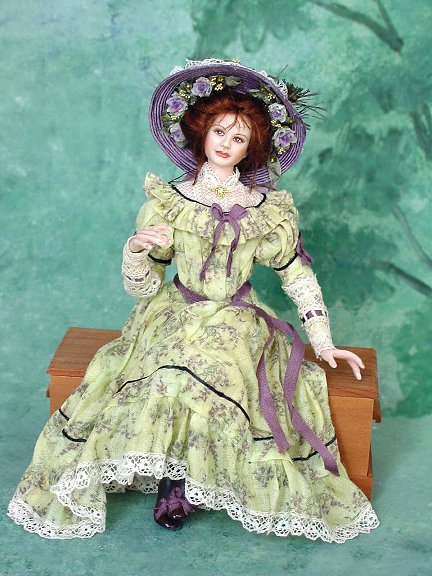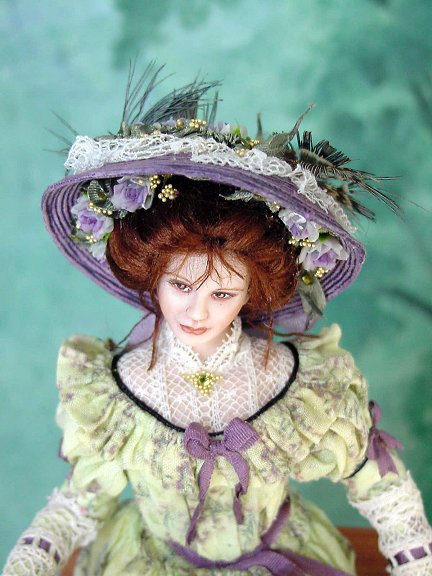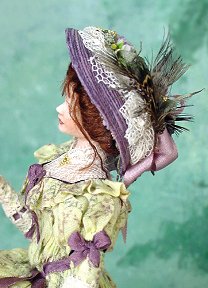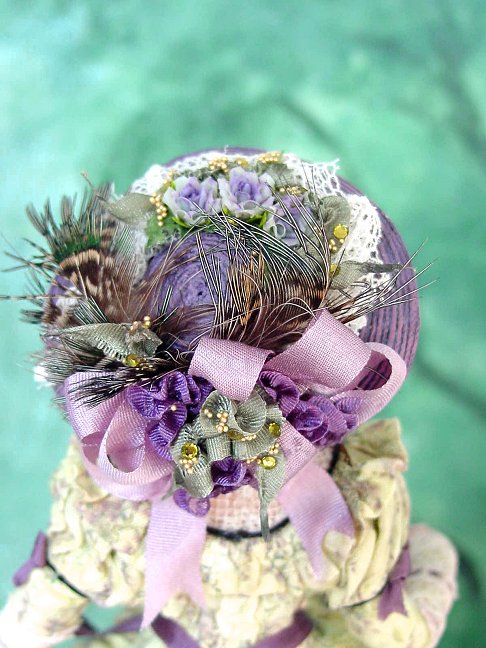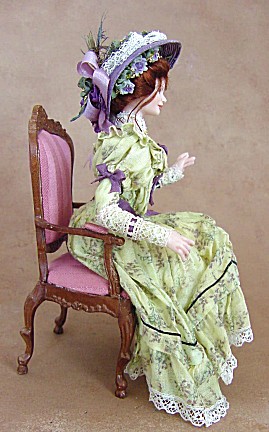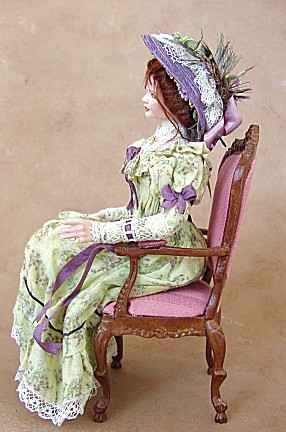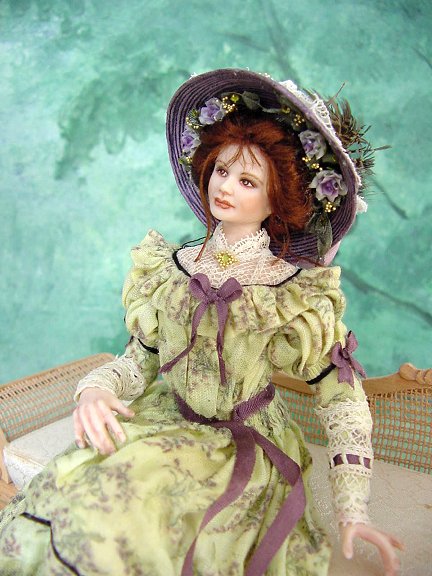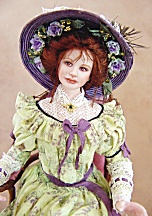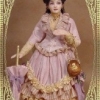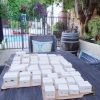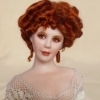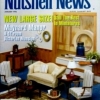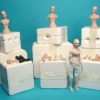China Painting Tutorial
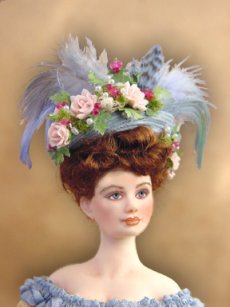 The following pages will guide you through a simple yet very thorough technique of china painting miniature dolls. While the materials are the same
The following pages will guide you through a simple yet very thorough technique of china painting miniature dolls. While the materials are the same
for painting the big dolls, you will find that the techniques for expertly china painting miniature dolls is very different.
Always be sure to start with a well fired sanded piece of porcelain bisque. The paints will adhere to the porcelain better if it is clean, smooth, and properly fired and sanded.
Your finished doll will only be as good as the porcelain you start with. It is the foundation, the cornerstone of your work of art.
I personally like to paint the whites of the eyes with an under glaze before I fire the green ware. If you choose not to do this, then you will have to start your china painting with a white china paint.
I paint using the “water based” method. I do not use oil based products.
Below is a list of the materials you will need to complete the basic china painting of a miniature doll.
Before we get started on painting, lets get acquainted with the terms and different types and brands of products available.
Glossary:
China Paint – is a powder of ground minerals, that comes in a multitude of colors. It is mixed with a medium either oil based or water based to a thick cream consistency.
China Paint Medium – “Area” Medium, “Line Medium.” These are water based/glycerin based products designed to mix with your dry powdered china paints. They allow the paints to flow smoothly onto the the porcelain bisque and fire out completely with each firing. You can also used an oil based medium.
Palette Knife – A small, thin, flexible knife used to grind the china paints with the area medium to a smooth consistency.
Flux – A medium added to china paints to give the color a gloss finish
Matting agent – a medium added to china paints to give the paint a matt finish. Care must be used when adding this, as too much will cause the paint to loose color and flake.
Loading the brush – a simple technique of dragging the brush through the paint in a rolling motion to get a smooth and even coat of paint in the bristles.
Patting/tamping – a motion used to apply thin layers of color to the surface of the porcelain. Especially useful when applying blush to cheeks.
Blotting/wiping out – a technique used to remove extra color from the surface of the porcelain.
Blend – the use of medium to blend colors of porcelain together to create shading, etc.
Disclaimer: I am in no way affiliated with any major brand name. I am suggesting colors and brands based on what I use for my dolls. Please feel free to use any similar color, brand or product. I like matt or satin paints, but if you have gloss, that is fine, you can add a bit of matting agent to them.
Supplies:
China Painting Medium – (I have used Seeley’s and Virginia La Vorgna)
Area Medium – a basic all purpose medium for most painting needs.
Line Medium – a medium that stays “open” longer to enable tiny fine lines such as lashes and brows to be expertly painted without clumping up. Use this very sparingly on mini dolls.
China Paints: (S) – Seeley’s, (V) – Virginia LaVorgna, (B) – Bell
- Cheeks/Lips : Cheek Blush (S), Ruby Cheek (S)
- Eyes: Blue Eyes, Dark Green (S), Chestnut Brown (S), Satin or Gloss Black
- Eyebrows: (B) Eyebrow #4, dark Brown (S), Yellow Brown (S), Very Dark Brown (V) Jumeau Brown (V)
Many of the brown colors can be used for eye color as well.
Q-tips Swabs – Any brand will do. These are used as blush applicators and also help to remove unwanted paint on porcelain.
Paper Towels
Plastic cup: for water
Very fine, good quality brushes:
- #10/0 – I prefer the very long bristled brush, but this is a matter of taste
brush can either be synthetic or natural. The most important thing is that the brush is new, and has a very fine, straight point when wet.
- #2, #4 Flat – again, synthetic is fine, I prefer sable. It is very important the that brush is new, and has a good, clean edge on it.
- Old, worn out, small, flat brush. (For use in grinding your china paints.)
Glass plate, or piece of glass.
Mixing The Paints:
I use an old glass plate to mix my paints on.
- Carefully tap a small pile of one color on the plate.
- Drop a few drops of medium into the paint. Let it soak up for a moment.
- Use a very old worn out small flat brush to grind the paint into the glass and smooth it out. Try to keep it confined to a very small area, don’t let it spread out too much.
Today’s china painting techniques are less complicated and the china paints are much finer and don’t require the tedious grinding of the older paints.
It should have the consistency of smooth thick cream.
Next Page
© Gina C. Bellous 2001 – 2015 – All Rights Reserved
This tutorial is for your personal use only.
NO portion of this tutorial may be
reprinted without permission,
copied for sale, or to be taught as your own.
Thank you for your cooperation
Enjoy!













